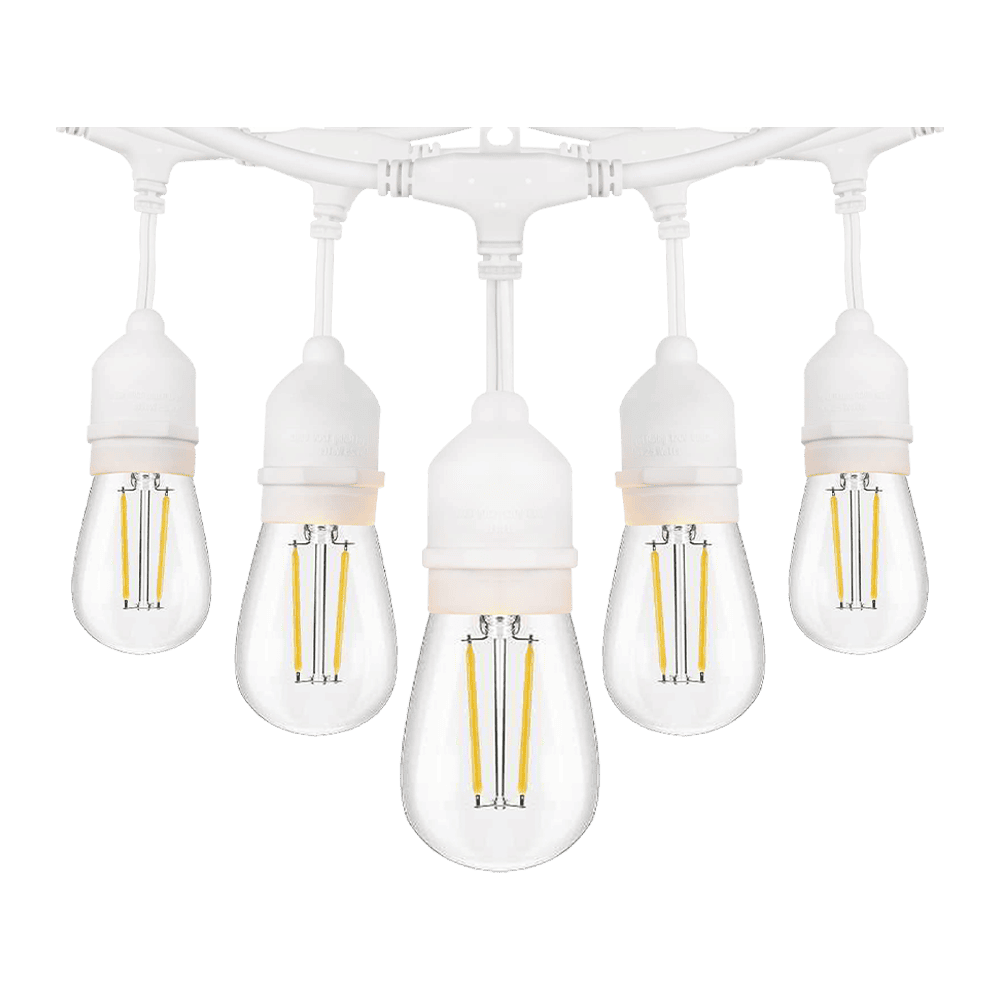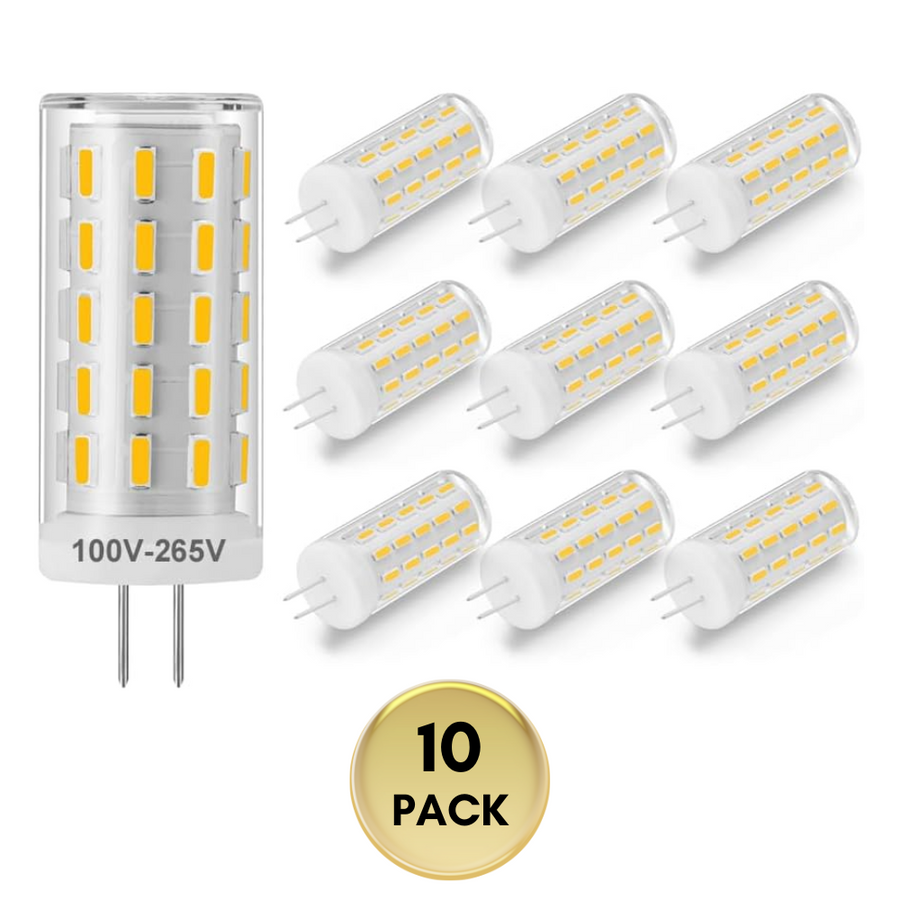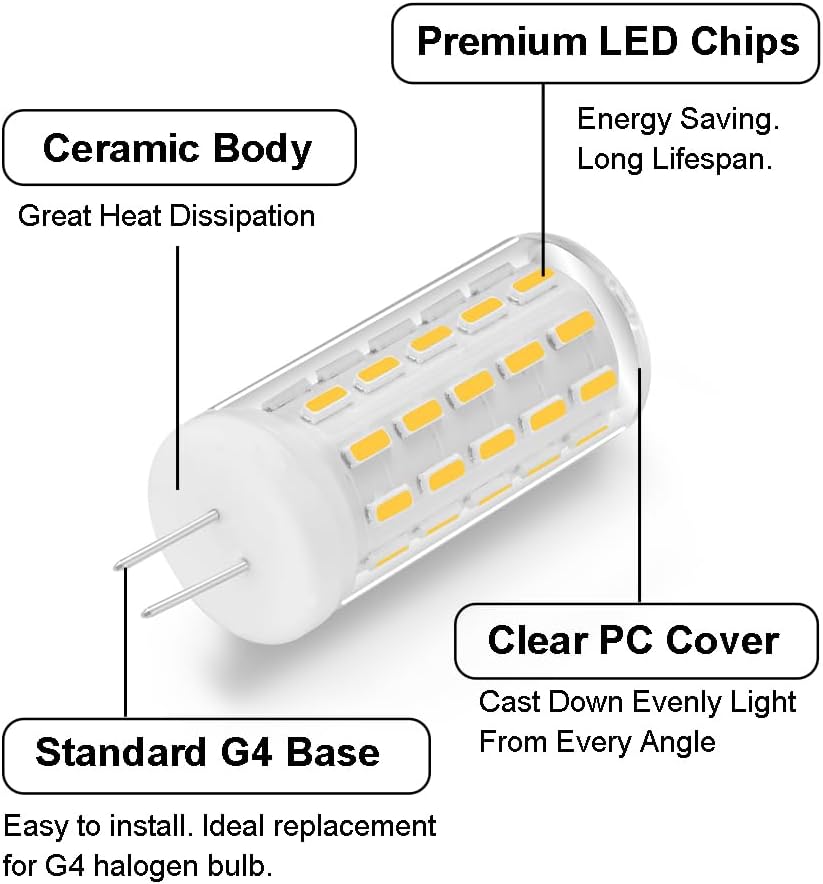Wire Gauge For Landscape Lighting
The diameter of the wire is determined by the gauge of the wire. This has a direct effect on the maximum Wattage it can handle and the expected voltage drop. The loss of power across an electrical circuit is referred to as a voltage drop.
The resistance present in every component of a circuit, including the wire itself, serves to lower the overall voltages applied to the line. The thicker wire will result in a smaller decrease in voltage over a given distance.
Additionally, it means that you can extend the length of the thicker wire without worrying about the voltage dropping. Any lights connected to the circuit won't receive the power they require to operate properly if you select a wire gauge that isn't appropriate for a longer range.
They might take a while to become apparent. A mistake necessitates re-laying the wire to address the problem.
For Landscape Lighting, Use Gauge Wire.
When selecting your cable for outdoor lighting, keep a few things in mind. After deciding on the type of wire you wish to use, choose the correct gauge.
1. Quantity Of Lights
The number of lights on a circuit determines how far you can run the cable. If you only use it for two or three lights, it might not be a problem, but if you add more, the length of the cable might not be able to handle it.
You shouldn't experience any problems as long as you don't exceed the maximum Wattage advised for that wire gauge.
2. Wire Grade
Since copper offers the best price/performance ratio of any conductor material, you won't find any outdoor lighting cables made of any other material. When choosing a wire type, consider whether or not it may be used underground:
- Outdoor cable is safe to use outdoors and will be resistant to moisture and UB damage, therefore it shouldn't be buried.
- Direct burial wire is completely shielded for subterranean use and doesn't require a conduit or sleeve.
- Although it is made to be used underground, subterranean burial cable requires a conduit because it cannot bear the weight of the soil on its own.
- The majority of cables will be rated for direct burial if you're searching for landscape lighting, but it's still wise to check before you buy.
3. Gauge Layout
For your lighting circuit, it's critical that you select the most suitable wire gauge; this refers to how thick the wire is. You won't get enough power for all of your lights if you get a cable that isn't compatible with your landscape lighting design. As a result, they could be intermittently bright or flicker.
The most common outdoor lighting options range from 8 to 16. In most cases, the AWG wire is sold in increments of two, so 8, 10, 12, 14, and 16
The number following the slash on wires is often 2, therefore wires for outdoor lighting are typically 8/2, 10/2, 12/2, and so forth. The wire's conductor count is indicated by the number 2.
Here are some reasons why a wire's thickness is important.
- Because it is less flexible, it may be more difficult to use in small places.
- will experience a drop in voltage over greater distances.
- It can handle higher wattages.
- A transformer can be used for many connections.
- It costs more since it utilizes more copper.
Therefore, the maximum suggested wattage for a wire only applies to components on that section of the circuit. If you had a sizable 400W landscape lighting setup, you may run two circuits on 12/2 cable.
It is advised that the wire gauge maximums be calculated using a 12V power source, which is typically utilized for outdoor lighting. The power is stepped down by the transformer, which changes how the circuits operate.
Remember that your transformer has limitations as well. You can only use 10/2 gauge wire if your transformer has a 200W maximum power rating. To withstand fluctuations, it is advised that you strive for 80% of your transformer's maximum capacity.
What gauge wire is required for outdoor lighting?
The length of your outdoor lighting cable will affect how many additional lights you can add and how many you can run without a power drop.
The most typical cable gauge for outdoor lighting is 12/2. You might want a thicker cable, like 10/2 or even 8/2, if you're installing more lights in series or running wires over longer distances. This will guarantee that the voltage drop won't have an impact on your lighting.
Conclusion
To connect outside landscape lights to the main electrical panel, which is frequently situated on a pole or other structure, gauge wires are frequently utilized. The term "outdoor wiring" is frequently used to describe gauge wires, which are typically placed in conjunction with the installation of landscape lighting fixtures.
Here, you can purchase a choice of gauge wires: Direct Burial Wires










